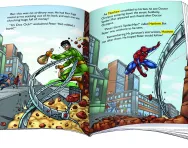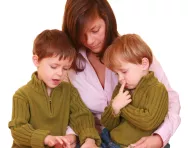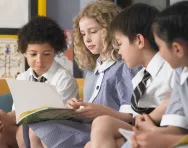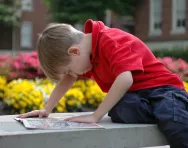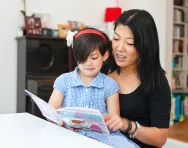TheSchoolRun.com closure date
As we informed you a few months ago, TheSchoolRun has had to make the difficult decision to close due to financial pressures and the company has now ceased trading. We had hoped to keep our content available through a partnership with another educational provider, but this provider has since withdrawn from the agreement.
As a result, we now have to permanently close TheSchoolRun.com. However, to give subscribers time to download any content they’d like to keep, we will keep the website open until 31st July 2025. After this date, the site will be taken down and there will be no further access to any resources. We strongly encourage you to download and save any resources you think you may want to use in the future.
In particular, we suggest downloading:
- Learning packs
- All the worksheets from the 11+ programme, if you are following this with your child
- Complete Learning Journey programmes (the packs below include all 40 worksheets for each programme)
You should already have received 16 primary school eBooks (worth £108.84) to download and keep. If you haven’t received these, please contact us at [email protected] before 31st July 2025, and we will send them to you.
We are very sorry that there is no way to continue offering access to resources and sincerely apologise for the inconvenience caused.
10 ways to bring books to life for your child

While your child is learning to read, it can be difficult to instil a love for reading as well as the know-how. Education expert Clio Whittaker from Ampersand Learning and Primary English Senior Lecturer Libby Lee from the University of Hertfordshire share their tips on making reading a pleasurable, interactive pastime.

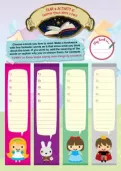
Claim A FREE Book Reviews Activity Pack!
- A huge collection of creative writing & reading comprehension resources
- Explore texts, deepen understanding, share opinions
- For Year 1 to Year 6
1. Don’t make reading at home the same as reading at school. “Support what your child’s teachers are doing at school, but be careful not to turn your home into a second classroom,” says Clio. “Teachers really want parents to be doing the things that schools can’t do – such as spending lots of time one-to-one and responding to children’s individual interests.”
2. Know what books are out there. “Be knowledgeable about children’s books,” says Libby. “If you enjoy reading them, it will encourage your children to enjoy them too. I recommend 1001 Children’s Books You Must Read Before You Grow Up by Julia Eccleshare as a good place to start.”
We also love the BBC's Bringing Books to Life video series, where presenters, actors and celebrities share details of their favourite kids' books.
3. Relax, and enjoy it! “Nobody looks forward to doing things that are boring, stressful and difficult. So if you make reading something that is interesting, relaxed and easy, both you and your child will enjoy the experience and want to do it more often!” says Clio.
4. Let them read the silly as well as the serious. “The key to becoming good at a skill is motivation and practice,” explains Clio. “Give your child opportunities to read things that they want to read, rather than worry about the level. Is there an article in the paper about the football team they support? Why not cut it out and say, ‘I saw this and thought of you!’?”
5. Hear it first. “Encourage your child to feel confident about having a go by reading aloud to them before you ask them to tackle a new text,” Clio suggests. “Reading something that is familiar is so much easier.”
6. Sketch it out. “Drawing pictures of characters or settings that children have read about helps to record the pictures that they have created in their minds whilst reading,” says Libby. “They can add words to describe their pictures, or even make a poster.”
7. Miss mistakes. “Be careful about picking up on every little mistake that children make when they’re reading,” Clio says. “They will often realise something doesn’t make sense and go back to check without your prompting. And if the error doesn’t affect understanding and enjoyment, then it’s unlikely to matter enough to stop their flow.”
8. Discuss the story. “Ask your child questions about what they have read that require more than a yes or no answer,” says Libby. These include: “What other stories like this have you read?”, “Has anything like that happened to you?”, “What do you think will happen next?”, “Have you met characters like this in other stories/real life?”, and “What would you have done in that situation?”.
9. Talk about reading. “Talk to your child about what you read so that they can see that reading is something that adults find useful and enjoyable,” says Clio. “If reading for pleasure isn’t part of your life, recognise that your children are less likely to engage in it too.” It can be more than books, too. “Don’t forget that a lot of what adults read is not fiction and not even in book form,” Clio explains. “Talking about what you read in magazines, recipe books, newspapers or on websites shows children that these are sources of interesting information.”
10. Build their own library. “Giving children books for birthday or Christmas presents shows that you value reading,” says Clio. “It’s great to use the school or public library as well, but every child needs some favourite, special books of their own.”
Try our recommended ways to build confidence in new readers, and find out how to use the story books you have at home to help your child learn to read.
